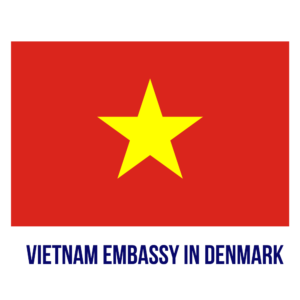Vietnam’s breathtaking natural landscapes, diverse cultural legacy, and delectable food have made it a sought-after travel hub for global tourists. The growing ties between India and Vietnam have also led to an upsurge in Indian visitors selecting Vietnam as their upcoming holiday destination.
Before you prepare to travel to this beautiful Southeast Asian destination, there’s a crucial detail you should be aware of – the visa regulations for Indian citizens. While certain nations enforce stringent visa rules, Vietnam provides Indian citizens with the opportunity to obtain a visa on arrival.. In this article, we will delve into the details of how to obtain an on arrival visa for Indian citizens in Vietnam and everything else you need to know before planning your trip.
Table of Contents
1. What is an On Arrival Visa?
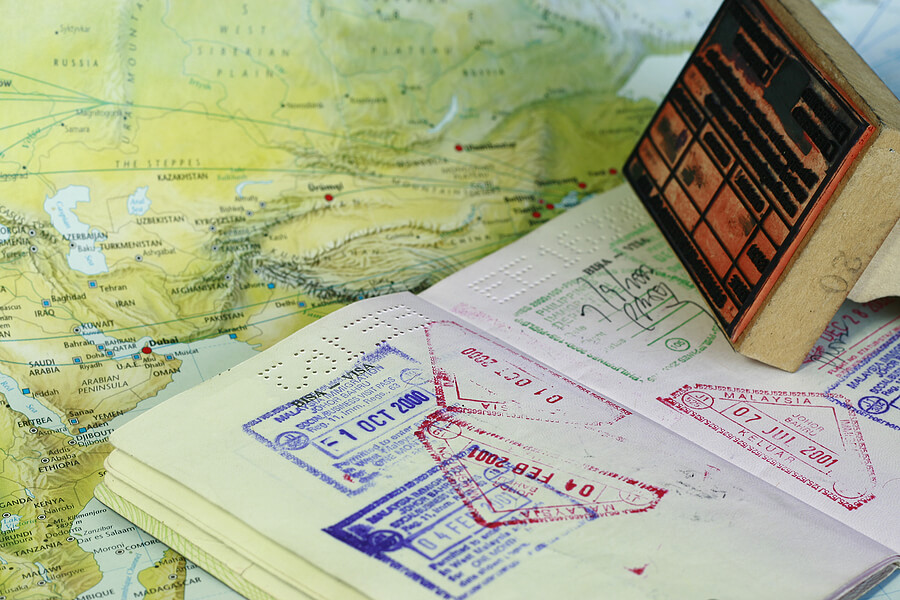
An on arrival visa, also referred to as a visa on arrival (VOA), is a kind of visa given to travelers when they reach the specified entry point in a foreign country. Rather than applying for a visa in advance at the embassy or consulate, you receive your visa stamp upon arrival.
In the case of Vietnam, the on arrival visa is only applicable for certain nationalities, including Indian citizens. It is a single-entry visa that allows you to stay in the country for a maximum of 30 days. If you wish to stay longer, you will have to apply for a visa extension through the Immigration Department of Vietnam.
The Process of Getting an On Arrival Visa
Obtaining an on arrival visa for Indian citizens in Vietnam is a relatively simple process. Here’s a step-by-step guide to help you through it:
Step 1: Apply for a Visa Approval Letter
To obtain a visa on arrival for Vietnam, the initial step is to request a visa approval letter. This official document, provided by the Vietnam Immigration Department, permits entry into the country and facilitates the stamping of your visa upon arrival.
To apply for the letter, you can either go through a travel agency or apply online directly through the Vietnam Immigration Department’s website. The latter is a faster and more convenient option as it eliminates the need for a middleman.
You will be required to fill out an application form and pay a processing fee (ranging from $15 to $20) to obtain the approval letter. It usually takes 2-3 working days to process the application, but in urgent cases, you can opt for express services for an additional fee.
Step 2: Prepare Necessary Documents
Once you receive your visa approval letter via email, you will need to print it out and prepare other necessary documents before traveling to Vietnam. These include:
- A valid passport with at least 6 months of validity remaining
- Two recent passport-sized photos (4×6 cm)
- A completed entry-exit form (available at the airport)
- Stamped visa approval letter
- Cash in USD for visa stamping fee (see next step)
Step 3: Get Your Visa Stamped Upon Arrival
Upon arrival at one of the designated airports in Vietnam (Hanoi, Da Nang, Ho Chi Minh City), head to the immigration counter with all your documents and pay the visa stamping fee. As of 2021, the fee for Indian citizens is $25 for a single-entry visa and $50 for a multiple-entry visa.
After paying the fee, your passport will be stamped with the visa, and you will be allowed to enter the country.
2. Visa Exemption Policy for Indians
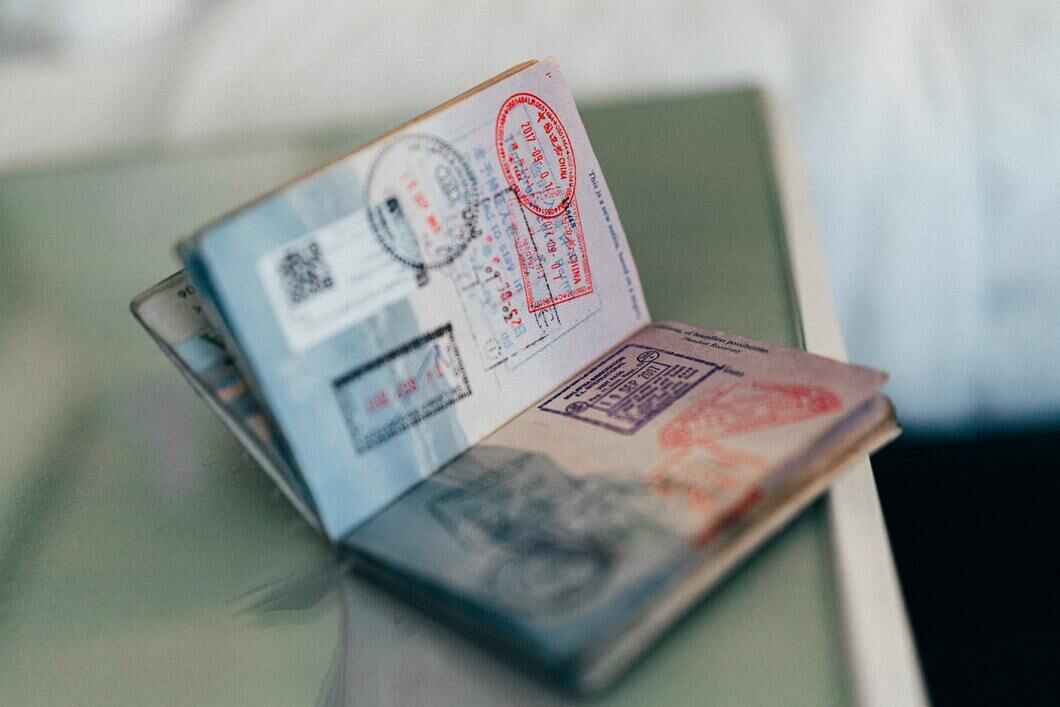
As mentioned earlier, Indian citizens are eligible for an on arrival visa for Vietnam. However, there are certain exemptions under which Indians can enter Vietnam without a visa, including:
- Diplomatic and official passport holders: Indian citizens who hold diplomatic or official passports are exempt from a visa for up to 90 days.
- APEC Business Travel Card: Indian citizens who hold an Asia-Pacific Economic Cooperation (APEC) Business Travel Card can stay in Vietnam for up to 90 days without a visa.
- Bilateral agreement: Under a bilateral agreement between the governments of India and Vietnam, certain groups of Indian nationals can enter Vietnam without a visa. These include Indian nationals with diplomatic or official passports, Indian nationals visiting for tourism or business purposes for a maximum of 14 days, and Indian students studying in Vietnam.
3. Tips for a Smooth Visa Process
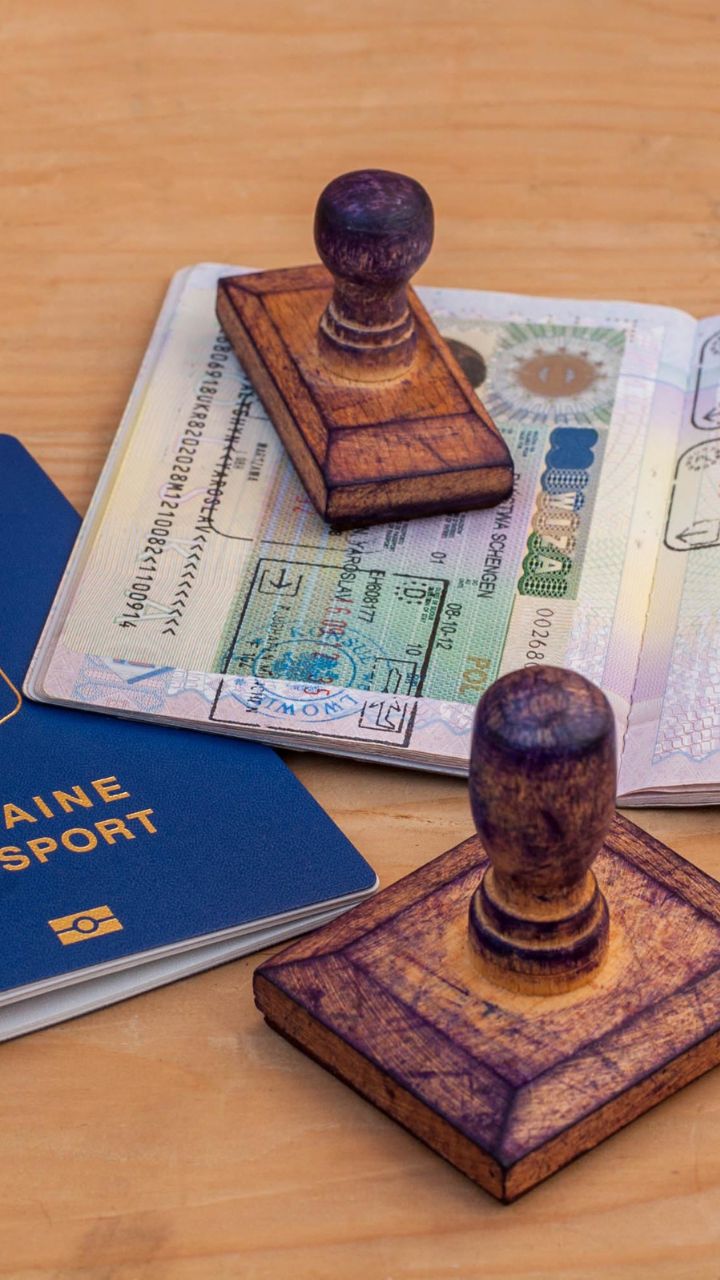
To ensure a hassle-free visa process, here are a few tips that you should keep in mind:
Apply for Your Visa Approval Letter in Advance
It is recommended to apply for your visa approval letter at least 1 month before your intended travel date. This gives you ample time to resolve any issues that may arise during the application process.
Check for Any Updates or Changes in the Visa Policy
While the on arrival visa policy for Indian citizens remains relatively stable, it is always a good idea to check for any updates or changes before planning your trip. This will save you from any last-minute surprises or complications.
Make Sure Your Passport is Valid
Before applying for your visa, ensure that your passport has at least 6 months of validity remaining. If your passport is nearing its expiration date, consider getting a new one before traveling.
4. Frequently Asked Questions
Q1: Can I apply for an on arrival visa for Vietnam if I am not traveling by air?
No, the on arrival visa is only applicable for travelers entering Vietnam by air. If you plan on entering the country through a land border or by sea, you will have to obtain a visa beforehand from the Vietnamese embassy or consulate.
Q2: Are there any restrictions on the purpose of visit for an on arrival visa?
Yes, the on arrival visa is only applicable for tourism or business purposes. If you are traveling to Vietnam for other reasons such as studying or working, you will have to obtain a different type of visa.
Q3: Can I extend my stay in Vietnam with an on arrival visa?
Yes, you can apply for a visa extension through the Immigration Department of Vietnam. However, this process can be time-consuming and may require additional fees.
Q4: Is it safe to obtain an on arrival visa for Vietnam?
Yes, it is safe to obtain an on arrival visa for Vietnam. The visa approval letter is issued by the Vietnam Immigration Department, and the visa stamping is done at the designated airports by immigration officers.
Q5: Can I enter Vietnam without a visa if I have a connecting flight through one of the designated airports?
No, even if you have a layover in one of the designated airports (Hanoi, Da Nang, Ho Chi Minh City), you will still need a valid visa to enter Vietnam.
Conclusion
Vietnam is a beautiful country with so much to offer, and obtaining an on arrival visa for Indian citizens has made it easier for Indians to explore this fascinating destination. By following the simple steps mentioned in this article, you can easily obtain your visa and embark on your Vietnamese adventure. We hope this guide has provided you with all the information you need to plan your trip smoothly. Happy travels!


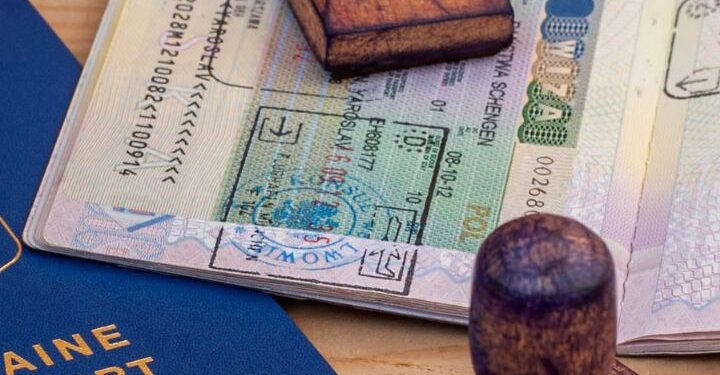
![vietnam-embassy-in-denmark-300x300[1] Visa for Vietnam](https://vietnamembassy-denmark.vn/wp-content/uploads/2020/09/vietnam-embassy-in-denmark-300x3001-1-300x300.gif)
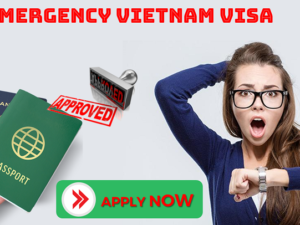
![dich-vu-visa-dan-mach[1]](https://vietnamembassy-denmark.vn/wp-content/uploads/2020/09/dich-vu-visa-dan-mach1-300x300.gif)
